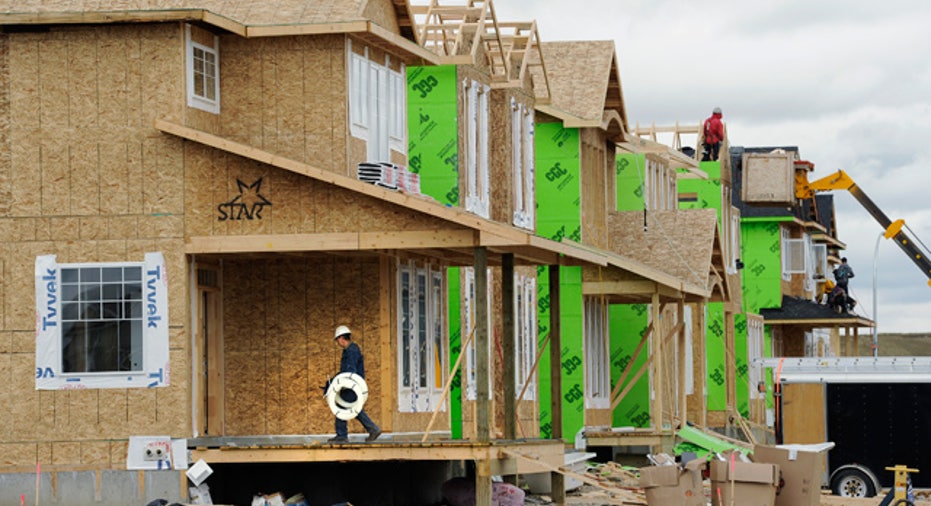US Housing Starts Fall in March, Permits Rise

U.S. homebuilding fell in March as the construction of single-family homes in the Midwest recorded its biggest decline in three years, likely reflecting bad weather.
Housing starts declined 6.8 percent to a seasonally adjusted annual rate of 1.22 million units, the Commerce Department said on Tuesday. February's starts were revised up to a 1.30 million-unit pace from the previously reported 1.29 million-rate.
Economists polled by Reuters had forecast groundbreaking activity falling to a 1.25 million-unit pace last month. Homebuilding was up 9.2 percent compared to March 2016.
Construction in February was boosted by unseasonably warm temperatures. But temperatures dropped in March and a storm lashed the Northeast and Midwest regions, which could have accounted for the drop last month in homebuilding.
Single-family homebuilding, which accounts for the largest share of the residential housing market, fell 6.2 percent to a 821,000 unit-pace last month. Single-family starts in the Midwest declined 35 percent, the largest drop since January 2014, to their lowest level since August 2015.
Single-family starts in the Northeast were unchanged. They rose 3.2 percent in the South, but fell 5.5 percent in the West.
Last month, starts for the volatile multi-family housing segment dropped 7.9 percent to a 394,000 unit-pace.
Pointing to underlying strength in the housing market, building permits increased 3.6 percent, driven by a 13.8 percent surge in the multi-family segment.
While single-family permits fell 1.1 percent, they were not too far from the more than nine-year high reached in February.
A tightening labor market, which is generating steady wage growth is underpinning the housing market. The sector, however, remains constrained by a dearth of properties available for sale.
Builders have, however, failed to bridge the gap, citing a range of problems including shortages of labor and land as well as rising material prices. A survey on Monday showed homebuilders confidence slipped in April from a near 12-year high in March. Still, measures of current sales and sales expectations remained at lofty levels. (Reporting By Lucia Mutikani)



















